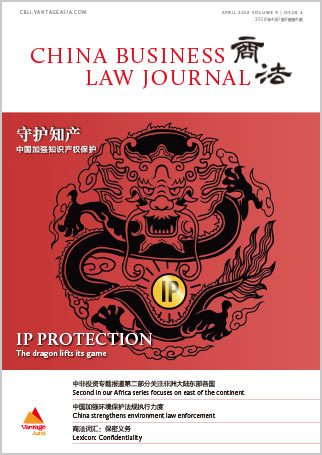Intellectual property (IP) is the heart of economic development, and as China keeps modernizing, top officials and social elites are more aware of this than ever. Advanced technologies and well-known brands ensure the competitiveness and even the safety of an economy, and effective IP protection is a cornerstone for all to develop.

Laws related to various forms of IP, including trademark, patent, copyright, etc., have been updated to improve protection – a recent highlight is the revised Law Against Unfair Competition, which recognizes new types of acts of unfair competition in new economic sectors.
Trials of IP cases are also becoming more specialized. In recent years, three IP courts and 15 IP tribunals have sprung up in key Chinese cities, forming a nationwide judicial network for IP protection and pooling a team of judges well-equipped with specialized knowledge.
The State Council Institutional Reform Plan, published in March 2018, proposes the restructuring of the State Intellectual Property Office to integrate the IP regulatory duties previously held by different departments. China is moving forward into a new era of IP protection.
Environmental protection is another top concern of the central government. Green and mean reviews the measures China has taken to curb pollution. China has so far developed a robust regulatory framework for environmental protection, which includes the Environmental Protection Law, published in 2014, an ongoing reform of emissions and discharges, and the launch of the world’s largest emissions trading system in 2017.
The determined campaign against pollution is accompanied by factory closures and relocations. Affected are not just the small- and medium-sized manufacturers that are slower to adapt to the rapidly developing environment rules. Large companies with good emission control systems and compliance programmes may also fall into trouble when their suppliers and customers are found environmentally problematic. The article analyzes what manufacturers need to know to prepare themselves.
In terms of outbound investment, this issue features the second part of our series on Africa. This time we focus on countries in Eastern Africa including Ethiopia, Kenya, Madagascar, Mauritius, Mozambique, Tanzania and Uganda. Rising in the East gives you a snapshot of another vigorous part of this emerging continent.





















